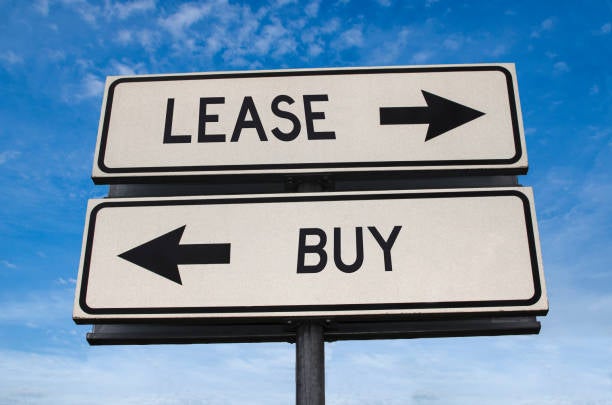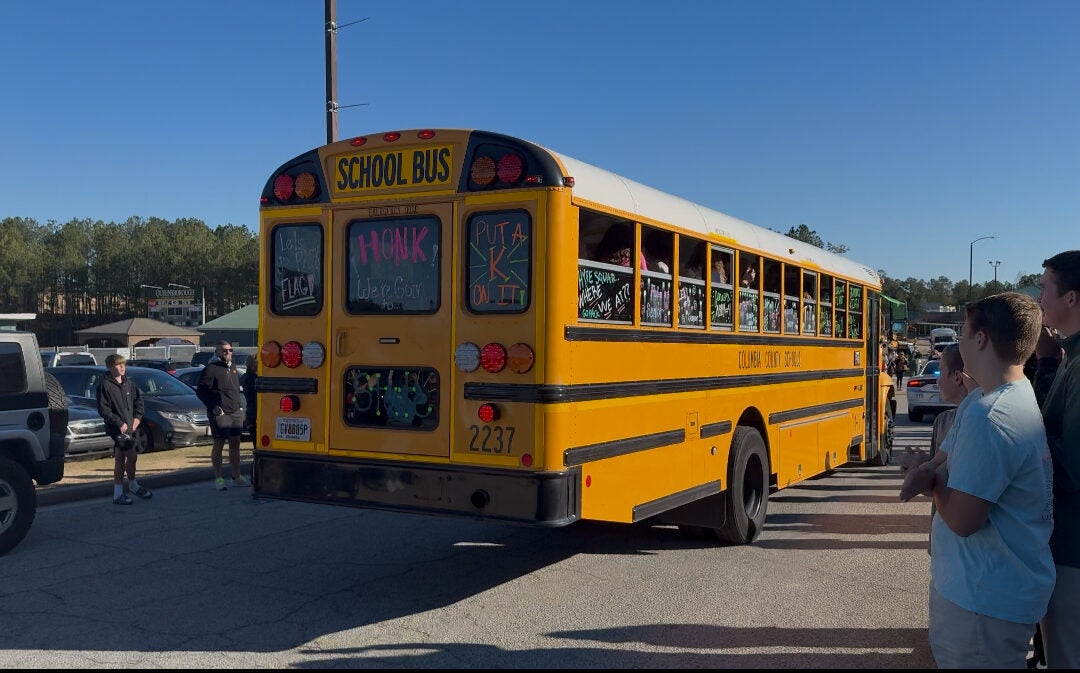Once upon a time, needing wheels had the option of purchasing a vehicle or taking the car off for an extended paid test drive in the form of lease, but several factors have always made leasing the less desirable route.
According to TransUnion, just a few years ago, one-third of drivers leased rather than financed a vehicle, but that number has fallen to 17% and shows no signs of recovering in the near future.
In the early 1950s, Americans went on a spending spree, and a solid portion of that was car sales. The term “keeping up with the Joneses” was coined to illustrate the fact that consumers wanted every shiny new object as it came off of an assembly line, whether it be the latest Electrolux vacuum or Ford Fairlane; this was the era that car leasing first came into vogue.
In terms of automobiles, leasing was attractive to many for a variety of practical reasons.
Anti-rust protection for cars was in its infancy and even a garage-kept auto was prone to rust issues after about three years in snow-prone regions where roads are salted regularly.
Cars of the fabulous 50s era also required far more maintenance than modern vehicles. User manuals, which were the size of a mid-sized city’s telephone directory, advocated changing the oil every three months.
That same manual would list all the lubrication points on the chassis that needed attention regularly and owners were warned of seals and gaskets that needed changing, especially if the car was taken off the road in winter. In short, maintaining a car was expensive.
It was that era that leasing became an attractive for business used, when interest rates rocketed or when leases offered tax breaks. The fact that the consumer paid almost the same amount of money to lease but without gaining equity in an asset.
Leases were also popular with some because the allowed the lessee to afford a car that might otherwise be outside of their financial means.
Leasing was also a good deal for car dealers in many cases, though that would change, as it kept a steady cash flow coming into the business during the months when sales traditionally lagged, and it put more of the company’s badges on the streets.
Car depreciation was also different for dealers because, on paper, the car was considered new or, at worst, one-owner. The lease stipulated a cap on miles traveled, and that, combined with an in-house a maintenance log, meant that dealers could charge a premium for retired leases on their used car lots.
By the 1970s and 1980s, television and magazine ads listed the lease price along with the sales price and fuel economy statistics.
Leasing peaked in 2019 with 30 percent of retail automotive transactions being leases, according to Cox Automotive. One reason for that was the parts shortage and other supply problems that arise during the COVID-19 pandemic.
According to Forbes, the formula used to calculate lease rates meant that rising interest rates made it more expensive for consumers to lease rather than own.
While the Obama era “Cash for Clunkers” program made its own dent, consumer buying habit changes also took into account a sizable chunk of lease revenue lost. At the leasing peak, people kept a car for three to five years and that figure grew as cars got more reliable and less costly to maintain.
According to a report by PBS, the average car owner keeps the same vehicle on the road for an average of 12.5 years; by contrast, the average car leasing agreement is for roughly three years.
It has long been my opinion that if the automotive industry were serious about a full transition to electric-vehicles, it would have made leasing a prime financial method. Most consumers see a marked reduction in overall battery strength around three years, and about the time new electronic gizmos are added, leasing would be a great option for those looking to pay for an extended test drive.
In that scenario, the same car could simply be “upgraded” at the end of the lease, and the lessee would keep the car longer or it could be “re-leased” to someone else as a virtually new vehicle.
According to Forbes, in today’s market it makes far more sense on paper to lease rather than own, but it seems that the dealers haven’t really warmed to that fact, because interest rates could change on a dime and swing that pendulum back in the opposite direction.
Scott Hudson is the Senior Investigative Reporter and Editorial Page Editor for The Augusta Press. Reach him at scott@theaugustapress.com











